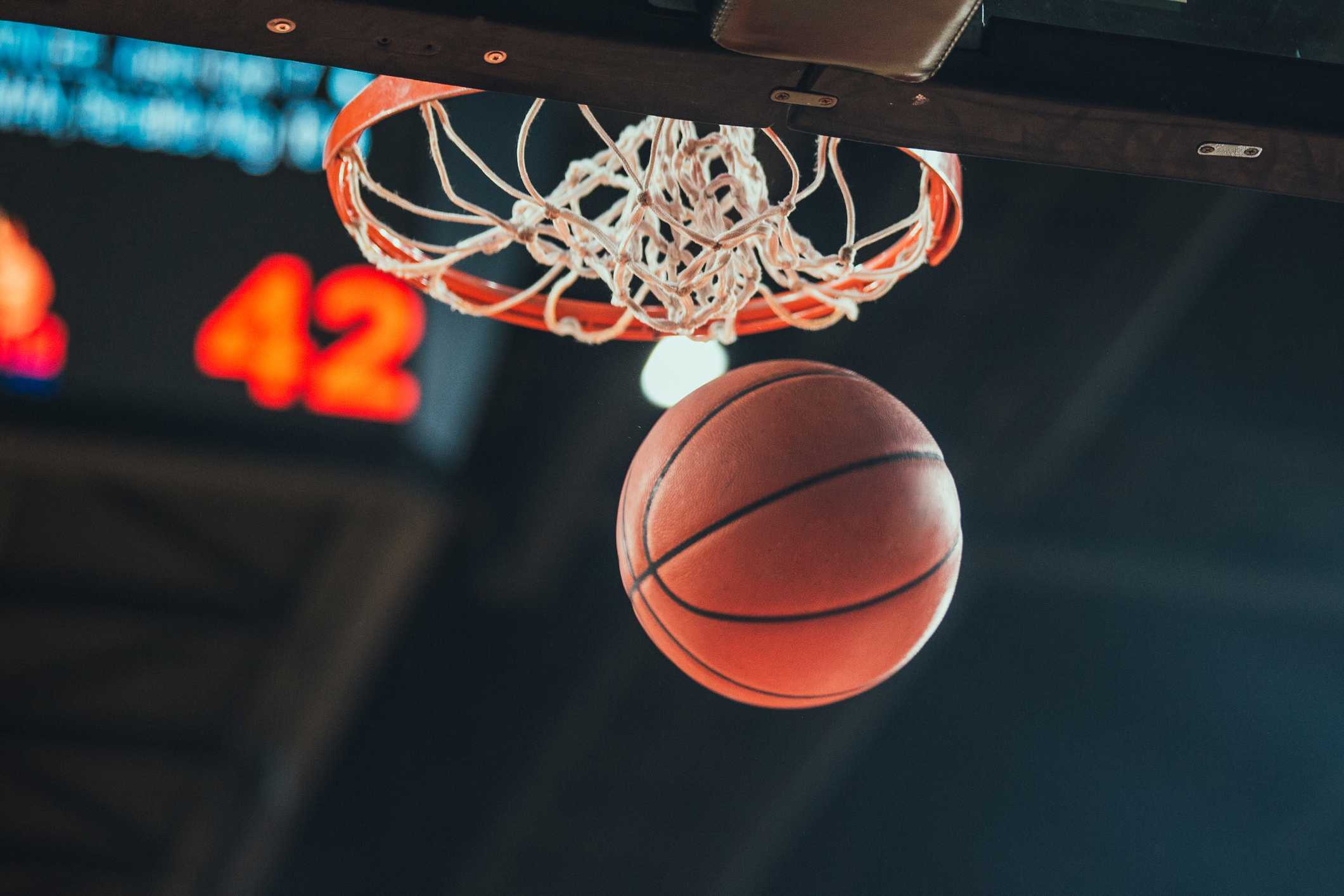In the fast-paced world of table tennis, every suit seems like a dancing, where gamers relocate with agility and poise, battling not simply their challenger however also the aspects of spin and speed. It is a sporting activity that demands fast reflexes, sharp strategy, and a deep understanding of the sphere's characteristics. Each stroke is a computed action, an expression of finesse that can turn the trend of a game in a split second.
As players participate in this electrifying contest, they quickly recognize that mastering the dance of table tennis is not just concerning powerful knockouts or specific serves. It includes a complex interaction of techniques, where the smallest modification in spin can dictate the flow of the suit. The rhythm of the video game can change quickly, and gamers have to adapt with the dexterity of a dancer, replying to each spin and turn with skill and resolution. Whether you are an amateur anxious to learn or an experienced player wanting to improve your skills, comprehending the basics of spin and speed will boost your video game to new heights.
Understanding Spin Mechanics
Spin plays an essential duty in the game of table tennis, affecting sphere trajectory and habits upon call with the challenger and the table's paddle. There are four major sorts of spin: topspin, backspin, sidespin, and no spin. Each kind modifies the sphere's physics, making it harder for opponents to forecast and react precisely. Comprehending the mechanics of these rotates can boost a gamer's approach and efficiency during matches.
Topspin is generated by cleaning the top of the ball with a higher motion. This type of spin creates the ball to dip promptly and bounce higher upon hitting the table, making it difficult for opponents to return effectively. basket ball emphasize the relevance of topspin for offensive play, as it permits gamers to maintain control while applying stress. Grasping topspin shots can lead to many winning opportunities.
Alternatively, backspin is generated by striking the bottom of the ball with a descending activity. This leads to a slower bounce, typically triggering the ball to remain low, which can disrupt a challenger's timing and rhythm. Players that successfully make use of backspin can produce difficult returns, particularly in protective situations. Obtaining the ability of backspin can branch out a player's tactical collection, improving their general gameplay.
Rate and Agility on the Court
In table tennis, dexterity and speed are essential attributes that can dramatically influence the result of a suit. Players should possess the capability to react promptly to their challenger's shots, making instant choices on maneuvering and positioning. A fast action can indicate the difference in between returning a serve successfully or providing away a point. Practicing maneuvering drills raises a gamer's ability to move promptly around the table, ensuring they can cover all areas effectively.
Moreover, agility plays a crucial role in a player's general efficiency. It is not just about just how fast one can run however likewise just how well they can transform direction and maintain balance while implementing shots. The sporting activity demands a mix of quick side motions and explosive velocity to get to balls that appear just out of reach. Integrating agility training, such as side shuffles and cone drills, helps table tennis gamers improve their motion patterns, making them extra elusive and unforeseeable on the court.
Incorporating speed and agility during practice can boost a gamer's video game considerably. Gamers commonly service developing details drills that simulate suit scenarios, focusing on quick maneuvering, rapid response times, and critical shot positioning. By constantly educating these skills, players can develop a rhythm that allows them to stream flawlessly from defense to offense. This fluidity is vital in keeping stress on opponents while reacting successfully to their hostile plays.
Strategies for Winning Matches
To enhance your chances of winning in table tennis, it is important to develop a strong offer and to differ your solution methods. A well-executed offer can set the tone for the point and offer you an edge over your challenger. Trying out various spins and positionings to keep your challenger thinking. Blending your service allows you to exploit your challenger's weaknesses while utilizing on your toughness. Keep in mind that a great offer can produce chances for hostile follow-up shots.
One more key method is to control the pace of the match. By maintaining a stable rhythm and determining the rate, you can place your opponent at a drawback. Use your footwork to place on your own well, allowing you to produce optimum angles for your shots. Emphasis on transitioning in between defensive and offensive play smoothly. By regulating the flow of the video game, you can compel your opponent to react as opposed to execute their own strategy.
Psychological durability can not be overlooked. Matches can turn rapidly, and keeping a favorable mindset is critical for conquering obstacles. Stay concentrated on your video game and avoid dwelling on blunders. Believe and visualize successful shots in your capability to win rallies. By handling your emotions and staying psychologically sharp, you enhance your performance, making it challenging for your challenger to exploit any type of gaps in your confidence.

Table Tennis Tango: Mastering the Dance of Spin and Speed.xxx.In the fast-paced globe of table tennis, every suit really feels like a dancing, where players relocate with agility and grace, fighting not simply their challenger but additionally the components of spin and rate. As gamers involve in this electrifying competition, they soon realize that understanding the dance of table tennis is not just regarding effective hits or precise serves. The rhythm of the video game can change rapidly, and players need to adjust with the agility of a dancer, reacting to each twist and transform with skill and determination. Gamers have to have the capacity to respond quickly to their challenger's shots, making split-second choices on maneuvering and positioning. Incorporating speed and dexterity throughout practice can elevate a gamer's video game significantly.
